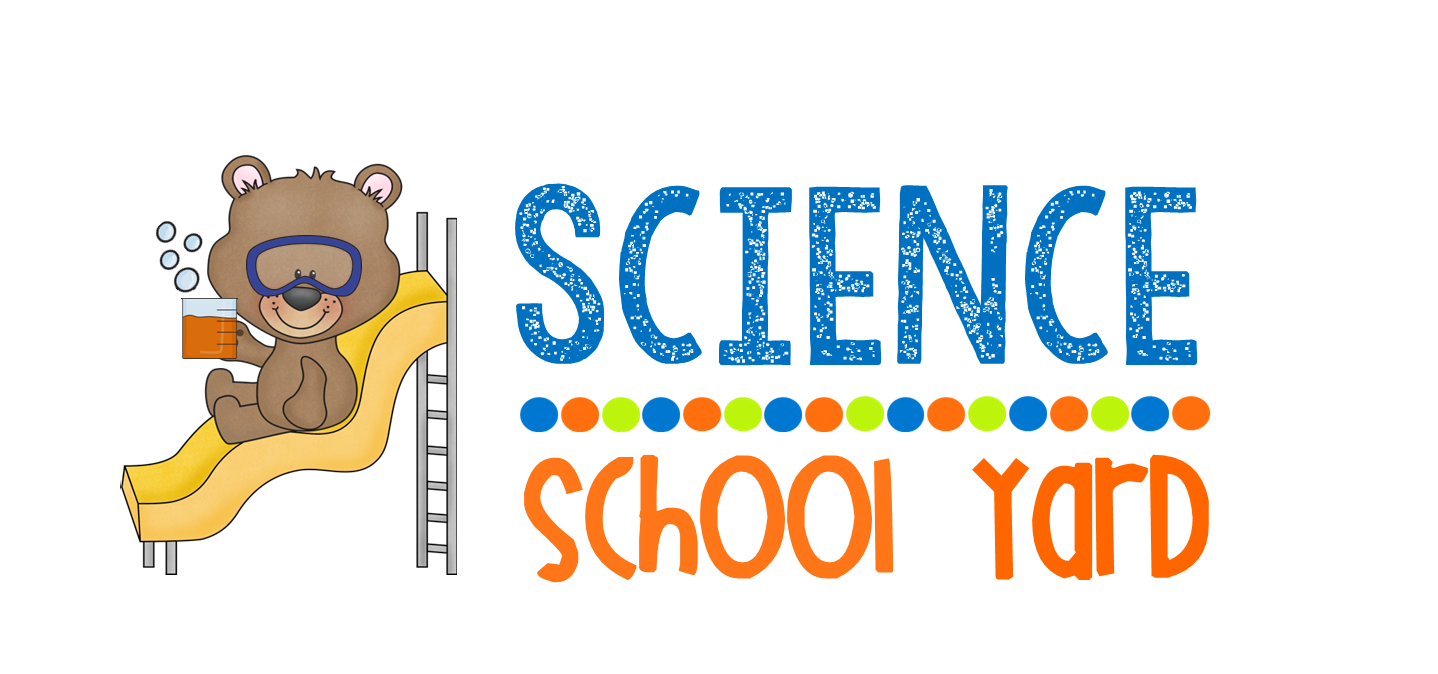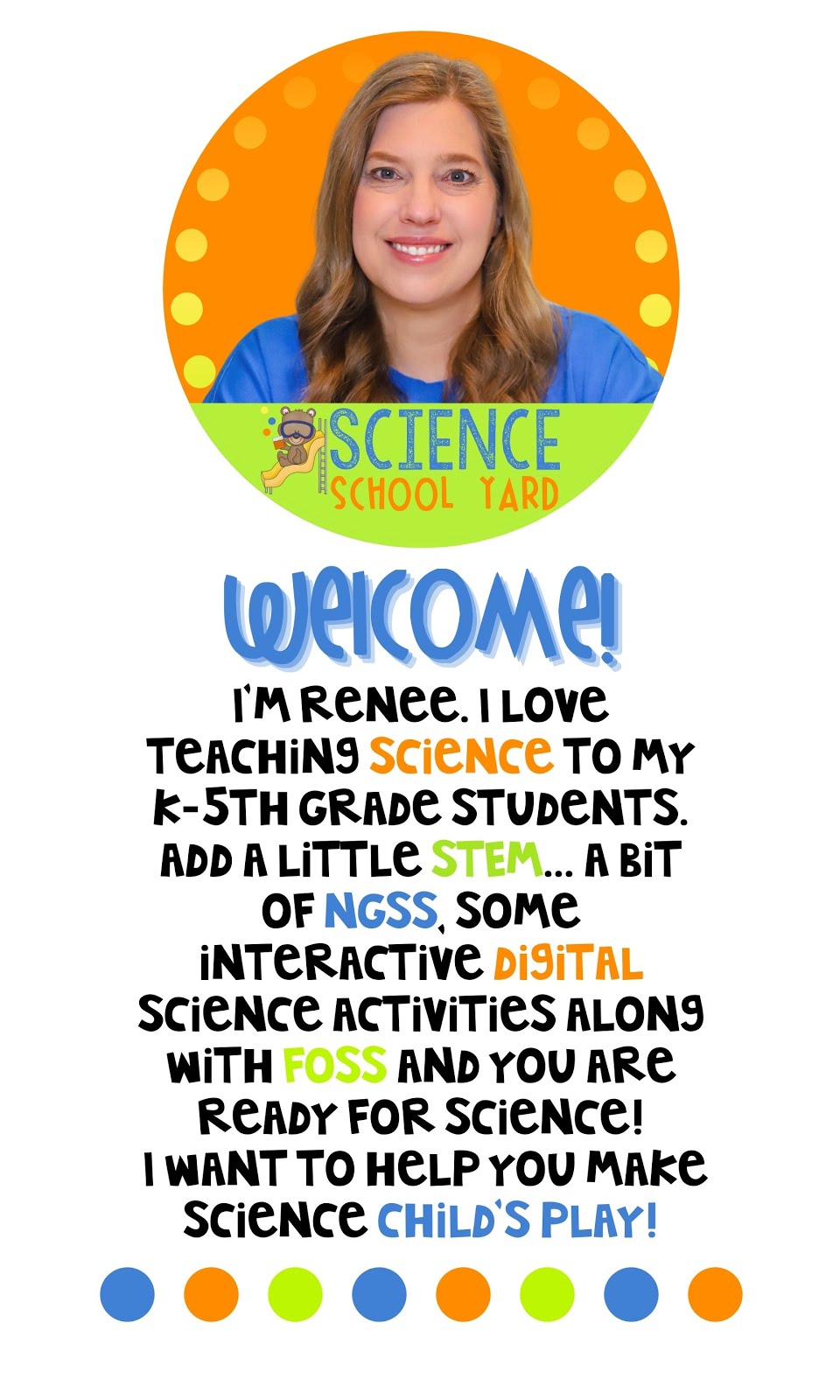Our district is trying to pass a referendum that would include in each building a STEM/Makerspace room. Knowing that I was the local guru of all things STEM and Makerspace (I have been integrating this into my curriculum and after school programs for over 11 years now)...I was recently in a discussion with a staff member that wanted to talk to me about my ideas. She asked me what a Makerspace actually was. Now, I am no expert in it all, and my explanation might not have even been perfect, but I thought I would share with you what I shared with her.
I explained that to me a Makerspace was a place for people to gather to learn, explore and share. A place where you could use technology or no technology, but to me it doesn't have to include machines or even technology to be considered a makerspace. I showed her the area in my room with the big letters MAKERSPACE. I showed her the cardboard, tubes, art supplies, blocks, and egg cartons that were stacked and labeled, ready for kids to come back into my room after the pandemic. I walked her over to the box of craft sticks and masking tape and then shared with her that at its core, Makerspace was an open area for kids at school to gather to create and build. It could be independently or even in a group. We always have a ton of kids join me for after school STEM/Makerspace Clubs each session.
Some might think Makerspace is about tools and 3-D printers, but as I explained, in my research of setting up a small corner in the science room...expanding into our library as it grew...our makerspace is a place for our students to tinker, explore and discover using whatever tools and materials we can place in there to offer them.
I led her to our library, where we have our more technical supplies we house, our beebots, ozobots, and makey makey devices to name a few. What we have at our school is different that other schools. No two schools have the same exact supplies. That is what makes a makerspace unique. We want our students to see themselves as seamsters/seamstresses(we have 8 sewing machines that were donated), designers, builders, engineers, artists, inventors...that is what makes our spaces special to our own schools.
That is the beauty of it, I built a place at our school even before a referendum was even considered. What we have in our makerspaces do not have to be expensive. It can be high tech and low tech.
What about challenges like STEM?
In STEM, there are several tiers to challenges we can give our students. We give them an engineering design model to go through, criteria when necessary, and a time constraint to adhere to. With Makerspaces, I like to use passive design challenges such as task cards if students are seeking a challenge in any way. Giving them a choice in supplies that are needing to be cleaned up after they are done using them, sharing supplies with others, and creating then deconstructing also help the organization of a makerspace so that the materials are more impermanent. Challenges are finished in a given time, often like a STEM challenge, but what I find is that they aren't as attached to their creations in a makerspace. We often snap a picture, share with a friend then take them apart until the next time we are together. You can do this with supplies such as Keva planks, blocks(Jenga is perfect for this as well), Legos, K'nex, and Playdough for example. I have different task cards with themes and tic tac toe boards if they want to continue for a few weeks in a row...these task cards are kept in a ring for them to get easily.
Who gets to go where and other organizational questions:
Organization is a teacher's middle name. If students want to work with robots, the sewing machines, or any popular area in a makerspace, it is best to determine what students want to work on before they arrive. This might mean each area in your makerspace is considered a station that they can sign up for. If they are done, or change their mind, then let them go to an area that is not occupied. We also have students bring their ipads and use qr codes and google slides where they can use coding apps or online challenges. Creating centers where students rotate allows for the structure that teachers often need. Remember, however when you put any control on a makerspace then you are losing some of the open exploration that makerspaces are best known for. You have to do what works for you.
Organizing supplies is a whole other can of worms. I put all of my supplies in tubs that I label. I place our task cards on rings and hang them from the wall for easy access. We have built in shelves that house all of our labeled tubs. Because we don't have a designated space yet, we house supplies in my science room and in the library because our librarian can use them during her classes. Our makerspace area is expanding and with that how we will organize supplies will change.
I hoped this helped her as well as helped you out as well. It is hard during a pandemic to continue to allow students to work in groups, share supplies and gather in small areas...as time passes I am positive that makerspace will be even more important to helping our students be creative, work together, and make!
Shop This Post with Makerspace Packs HERE!
Don't forget to give it a try with this free Makerspace Resource as well! Grab it today!



































